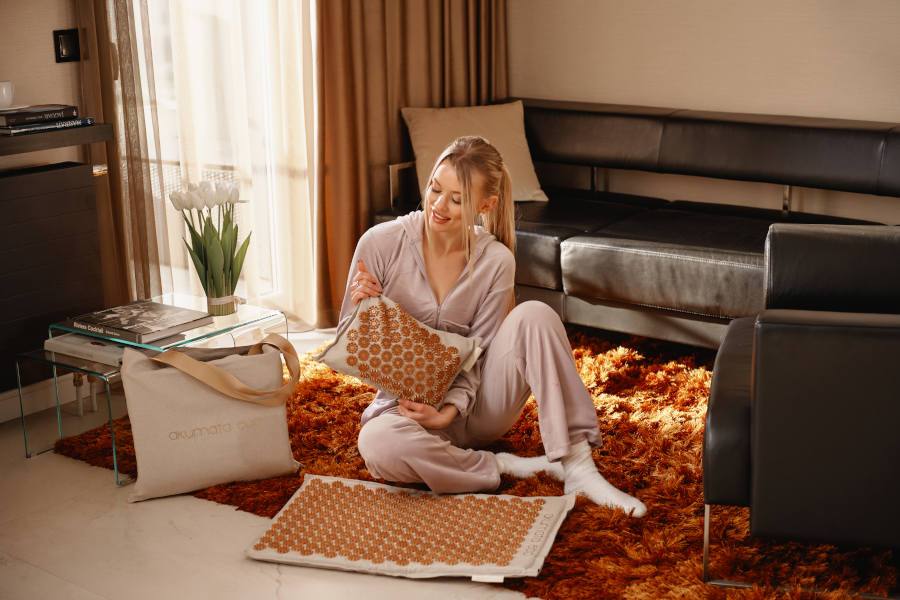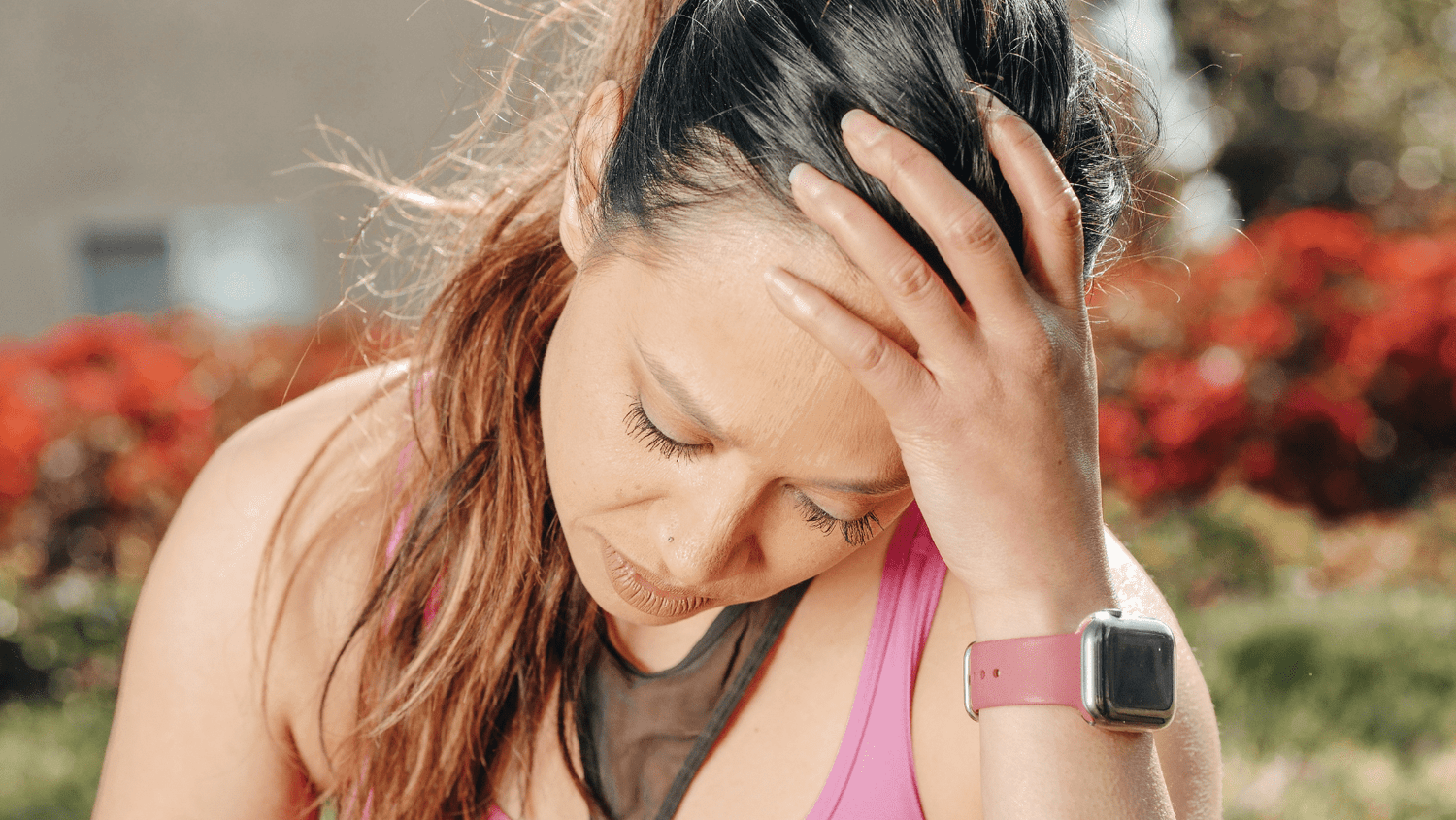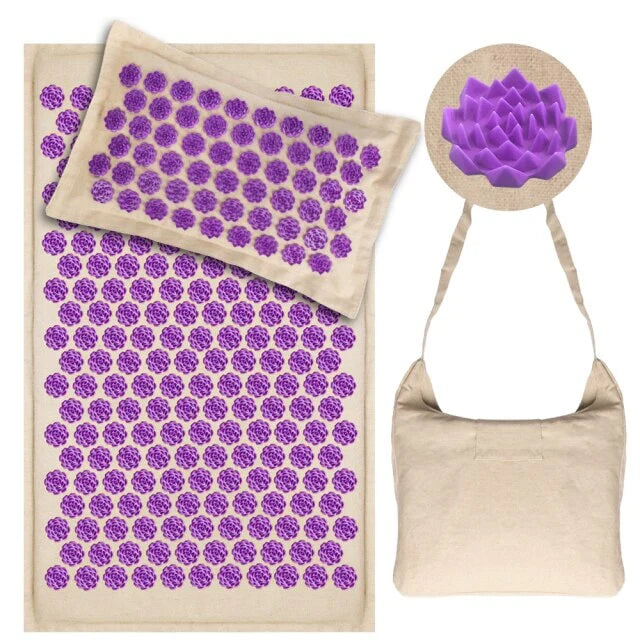Acupressure for migraine relief is becoming increasingly popular, thanks to its effectiveness. What are the pressure points for headache relief? How should they be stimulated? What precautions should be taken? We tell you all about it.
Why use acupressure to relieve a migraine?
Because of their intensity and duration, migraines can quickly become disabling. The headache often prevents you from concentrating, whether at work or at home, in addition to being painful.
Fortunately, there are a number of techniques for quickly relieving a headache. If you don't have any paracetamol or the like to hand, why not turn to acupressure?
This therapeutic method, derived from traditional Chinese medicine, can be used to treat a wide range of ailments, including migraines.
How does it work?
The idea is to mechanically stimulate specific zones and points all over the body. These points are more commonly known as energy points or acupressure points.
By acting on these points, energy is boosted, the body is rebalanced and pain is relieved. Like acupuncture, this method is frequently used by alternative therapists to treat patients' ailments.
1) The Yintang point
The Yintang point, also known as the Third Eye point, is located between the eyebrows. It is a powerful energy point with multiple functions: in addition to relieving migraines, it improves concentration, releases emotions and acts on states of depression, insomnia or stress. It's also ideal for relieving eyestrain, especially if you work at a computer.
How to stimulate it?
Simply press the point with your middle finger for at least 30 seconds, using circular movements. Breathing is also important for the proper circulation of energy. Take time to breathe in and out.
2) The Taiyang point
You're probably already familiar with this point, as it's located at the temples. It's called an extraordinary point because it doesn't belong to any meridian. In other words, it's not connected to any organ such as the heart or liver.
Nevertheless, it is effective in combating headaches, particularly when the headache is located on the front of the skull, or if the pain radiates to one side.
How to stimulate it?
Simply massage the temples with circular movements for a few minutes, taking deep breaths in and out.
3) The 4GI "He Gu" point
The 4GI point, also known as the He Gu point, is located on the back of the hand, between the thumb and index finger. It is the fourth point of the large intestine meridian. It is particularly powerful against headaches, as stimulating it lowers blood pressure.
The latter is often the cause of migraine. Please note: stimulation of this energy point is not recommended for pregnant women, as it may cause contractions.
How to stimulate it?
Massage the point for a few minutes, breathing deeply. If headaches persist, switch to the other hand.
4) The Zan Zhu point
The Zan Zhu point is also located on the face. More precisely, it consists of two symmetrical points located on the bridge of the nose, under the eyebrows.
This is the second point of the bladder meridian, but don't be fooled: it's effective for migraine relief. It is also effective for frontal headaches, eyebrow pain and sinusitis.
How to stimulate it
To relieve headaches, massage the symmetrical points with your thumb and forefinger for a few minutes.
5) The Tian Zhu point
The Tian Zhu point is the tenth point of the bladder meridian. Here too, two symmetrical points are located at the nape of the neck, at the beginning of the spine. It can be used to quickly soothe a headache, particularly if it emanates from the back of the head.
How to stimulate it?
Either by massaging the two points with your fingers, or by exerting gentle pressure for a few minutes.
Precautions to take
While these pressure points are effective in relieving migraines, they are not a miracle cure. If you have frequent and continuous headaches, you should consult a health professional to find the cause and treat them effectively.
You should also avoid stimulating pressure points on a painful area, such as a bruise. Accupressure for headache relief is also not recommended for women more than three months pregnant.
It's best to seek advice from a therapist to help you understand the gestures and perform them correctly.








